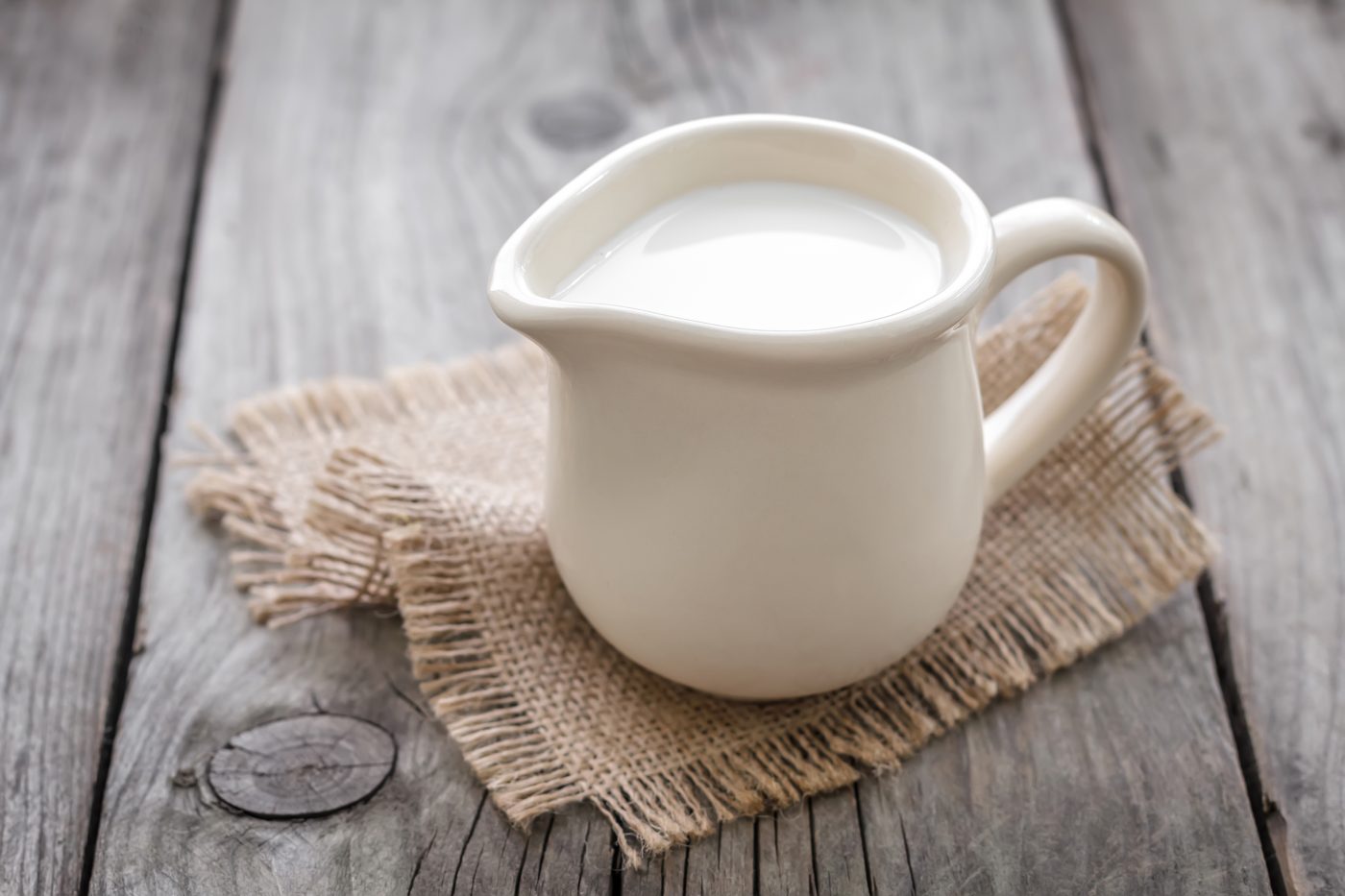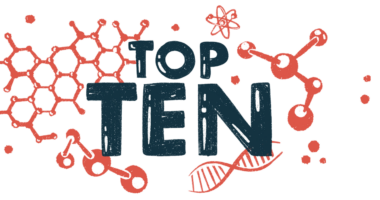Parkinson’s Linked to Consumption of Milk Tainted by Pesticide

A new study links a pesticide used prior to the early 1980s and milk consumed by adults during those years to substancia nigra neuronal death that is a hallmark of Parkinson’s disease. The research paper, titled “Midlife milk consumption and substantia nigra neuron density at death,” was published in Neurology, the journal of the American Academy of Neurology.
Connections have previously been made between consumption of dairy products and Parkinson’s disease (PD) symptoms. Here, researchers specifically investigated midlife milk consumption and PD incidence — namely, whether there was an association between substancia nigra (SN) neuronal death and milk containing an organochlorine pesticide.
The researchers studied milk intake data from the Honolulu-Asia Aging Study collected from 1965 to 1968. Postmortem examinations were performed from 1992 to 2004. Researchers evaluated neuron density in the subjects’ SN and measured brain residue levels of the pesticide heptachlor epoxide, a compound found to be in excessive levels in milk in Hawaii in the early ’80s, due to its use in the pineapple industry. The results showed that, among nonsmokers, neuron density was lowest in those who drank more than two cups of milk per day. After removal of PD and dementia with Lewy bodies cases, the adjusted neuron density was found to be about 40% lower when compared to subjects who drank less than two cups of milk daily.
Among those drinking the most milk during this period, pesticide residues were found in 90% of brain tissues, and 63.4% showed the presence of pesticide even among individuals who consumed no milk. The association between milk intake and lower neuron density was not observed in subjects who smoked (previous studies have shown that smoking may lower a person’s risk of Parkinson’s).
Use of the pesticide, used to kill insects, ended in the early 1980s in the U.S.
The researchers believe such epidemiological studies are extremely valuable for the research of Parkinson’s probable causes, although they caution that their data show only an association between milk intake and neuronal death. According to a press release, Dr. Honglei Chen, MD and a member of the American Academy of Neurology, wrote in a corresponding editorial, “There are several possible explanations for the association, including chance. Also, milk consumption was measured only once at the start of the study, and we have to assume that this measurement represented participants’ dietary habits over time.”






